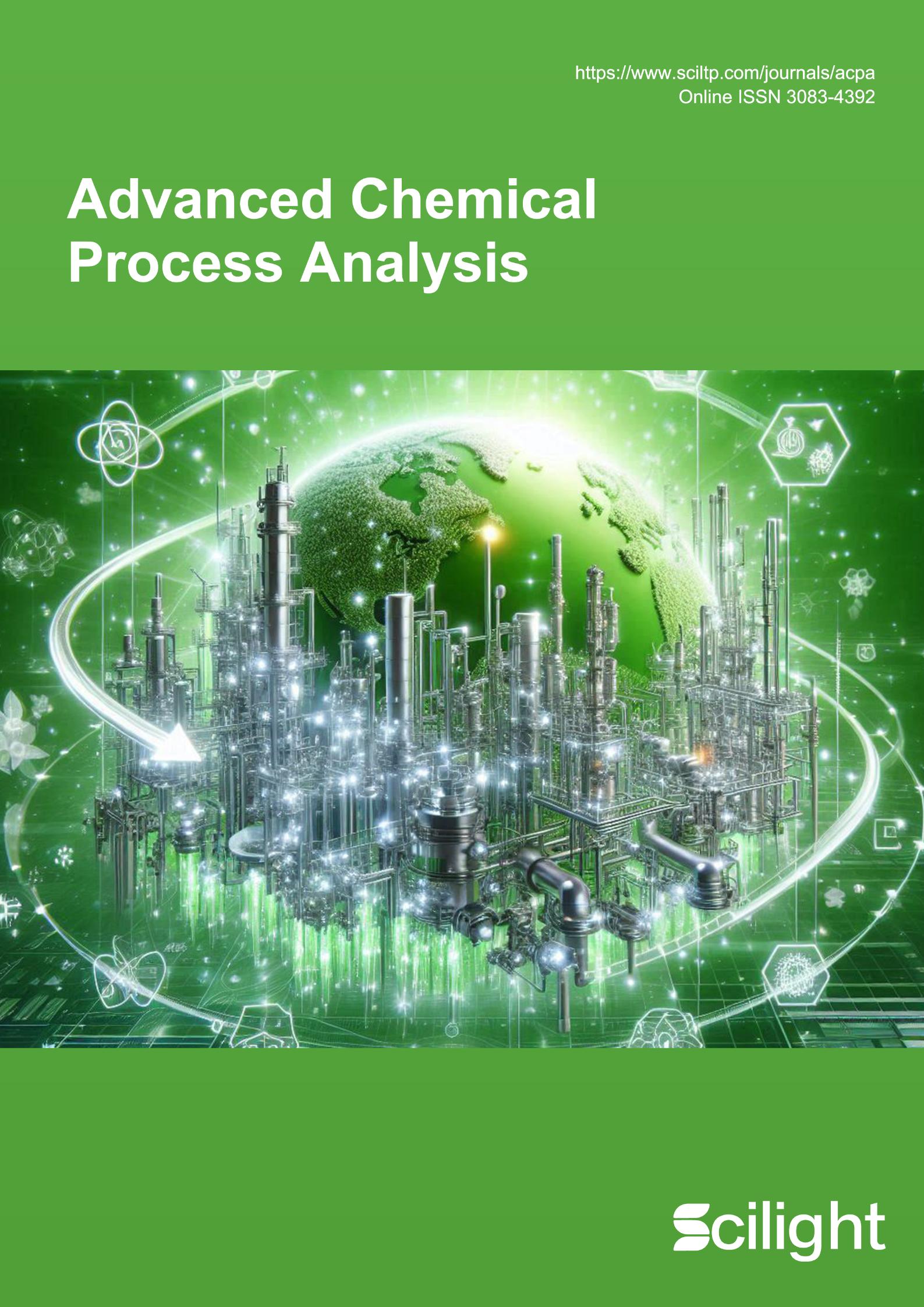The migration of emerging pollutants in soil poses a potential threat to groundwater systems. Numerical simulation can predict the migration behavior of contaminants and reduce experimental costs. In this study, based on the bibliometric analysis method, CiteSpace software was used to perform big data mining and visualization analysis of the relevant research papers in the Web of Science core dataset from 1994 to 2024. This topic has published 417 papers and 9315 citations in the past 30 years and has shown a rising trend of increasing attention. The U.S. is the country and organization that has published the largest number of papers in this area, accounting for approximately 42% (175) of the total papers. Different research teams have formed close collaborations utilizing their respective strengths to conduct in-depth research in this area. Current research hotspots in this topic include emerging pollutant species, transport behavior, transformation mechanisms, and numerical simulations. Future research will likely focus on the risk assessment and management of emerging pollutants in soil. This provides a new perspective for research on the environmental behavior of emerging pollutants in soil and their early warning and control measures.
- Open Access
- Review
A Bibliometric Perspective on Numerical Simulation to Transport Behaviors of Emerging Pollutants in Soils
- Fan Chen 1, 2, †,
- Peilun Wu 3, †,
- Bomin Fu 1, 4, *
Author Information
Received: 14 Jan 2025 | Revised: 18 Mar 2025 | Accepted: 20 Mar 2025 | Published: 21 Mar 2025
Abstract
Keywords
emerging pollutants | soil | longitudinal migration | numerical simulation | CiteSpace
References
- 1.Teodosiu, C.; Gilca, A.-F.; Barjoveanu, G.; et al. Emerging pollutants removal through advanced drinking water treatment: A review on processes and environmental performances assessment. J. Clean. Prod. 2018, 197, 1210–1221.
- 2.Mishra, S.; Sundaram, B. Fate, transport, and toxicity of nanoparticles: An emerging pollutant on biotic factors. Process Saf. Environ. Prot. 2023, 174, 596–607.
- 3.Ren, Z.; Gui, X.; Xu, X.; et al. Microplastics in the soil-groundwater environment: Aging, migration, and co-transport of contaminants–a critical review. J. Hazard. Mater. 2021, 419, 126455.
- 4.Bläsing, M.; Amelung, W. Plastics in soil: Analytical methods and possible sources. Sci. Total Environ. 2018, 612, 422–435.
- 5.Fang S, Hua C, Yang J; et al. Combined pollution of soil by heavy metals, microplastics, and pesticides: Mechanisms and anthropogenic drivers. J. Hazard. Mater. 2025, 485, 136812.
- 6.Chang, J.; Fang, W.; Chen, L.; et al. Toxicological effects, environmental behaviors and remediation technologies of herbicide atrazine in soil and sediment: A comprehensive review. Chemosphere 2022, 307, 136006.
- 7.Luo, S.; Zhen, Z.; Zhu, X.; et al. Accelerated atrazine degradation and altered metabolic pathways in goat manure assisted soil bioremediation. Ecotoxicol. Environ. Saf. 2021, 221, 112432.
- 8.Tong, X.; Mohapatra, S.; Zhang, J.; et al. Source, fate, transport and modelling of selected emerging contaminants in the aquatic environment: Current status and future perspectives. Water Res. 2022, 217, 118418.
- 9.Ren, Z.; Gui, X.; Wei, Y.; et al. Chemical and photo-initiated aging enhances transport risk of microplastics in saturated soils: Key factors, mechanisms, and modeling. Water Res. 2021, 202, 117407.
- 10.Chen, C. CiteSpace: A Practical Guide for Mapping Scientific Literature; Nova Science Publishers: Hauppauge, NY, USA, 2016.
- 11.Silva, J.A.K.; Guelfo, J.L.; Šimůnek, J.; et al. Simulated leaching of PFAS from land-applied municipal biosolids at agricultural sites. J. Contam. Hydrol. 2022, 251, 104089.
How to Cite
Chen, F.; Wu, P.; Fu, B. A Bibliometric Perspective on Numerical Simulation to Transport Behaviors of Emerging Pollutants in Soils. Advanced Chemical Process Analysis 2025, 1 (1), 3. https://doi.org/10.53941/acpa.2025.100003.
RIS
BibTex
Copyright & License

Copyright (c) 2025 by the authors.
This work is licensed under a Creative Commons Attribution 4.0 International License.
Contents
References


